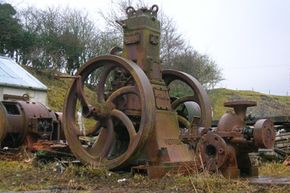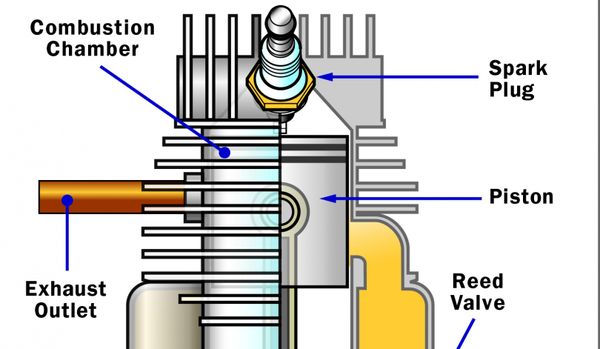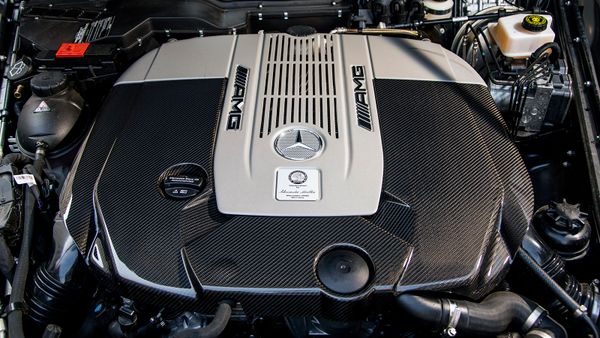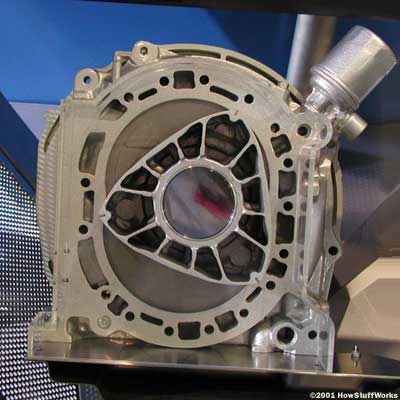When steam was king, and gas and diesel engines were still in their infancy, hot bulb engines were all the rage. They could burn any liquid combustible fuel, could run without a battery ignition -- sometimes for days -- and they were efficient, simple and robust. For a farmer, a fisherman or a saw-mill operator, where ruggedness and reliability were keys to survival, a hot bulb engine had it all.
But it didn't have everything. It ran in a narrow rpm range, about 50 to 300, and therefore had limited use. It was best as a stationary engine, though there were tractors that used the technology to move -- albeit slowly. The engine was hard to start, and hard to keep going.
Advertisement
Yet despite those challenges hot bulb engines remained in use through the 1950s, and into the 1960s in certain deep rural areas. Today the engines are a mainstay for serious collectors and represent one of the historic landmarks in the evolution of gas engines. The engine's ability to run on a number of fuels may even help engineers manufacture a better modern engine to handle a wide range of alternative fuels.
Keep reading to find out more about how hot bulb engines work.
Advertisement




